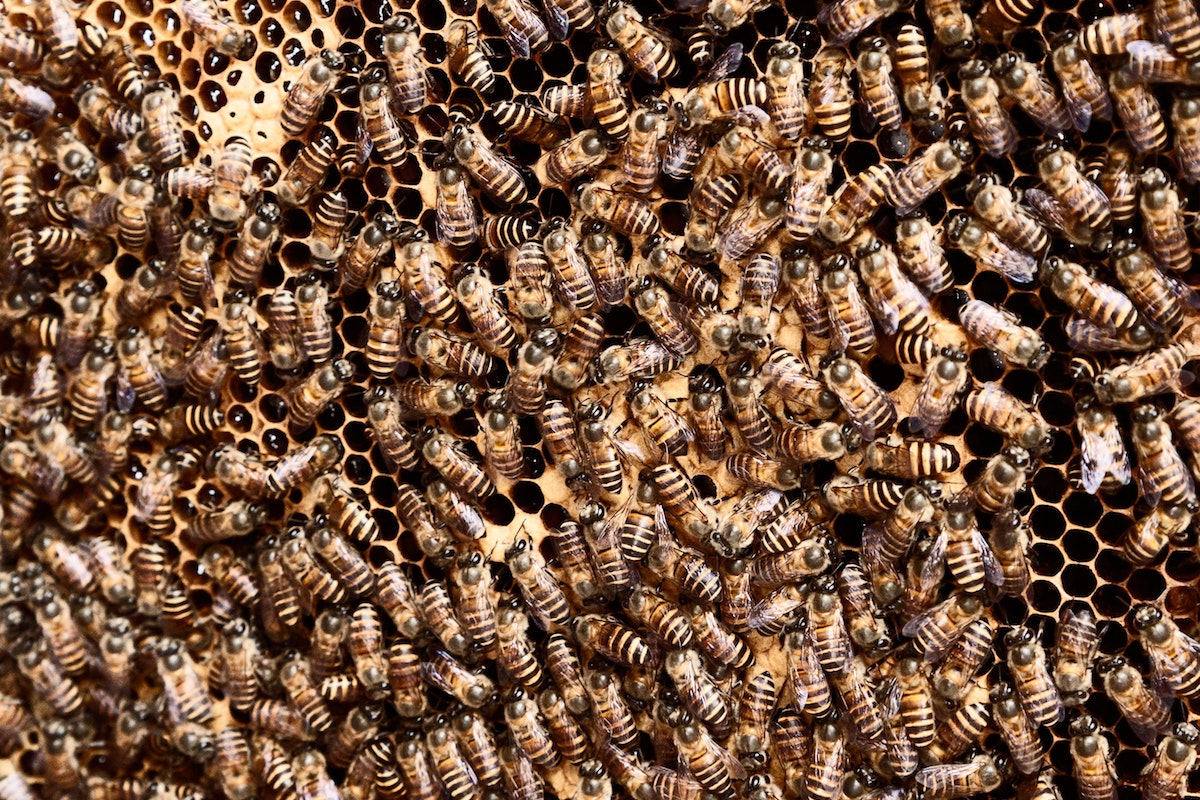While everything might be dry and brown down here on the Front Range, our state’s highest location may just now be reaching peak wildflower time. In Colorado, wildflowers often come in three phases and are dependent on moisture and elevation. August through October represents a final opportunity to revel in Colorful Colorado flowers before the white stuff starts flying once more. For many, it’s important to get up and see them before they’re gone, but chances are a variety of our native bee population will beat you there, busily buzzing through mountain meadows – pollinating the flowers in the process.
Behold Our Bees!
Did you know Colorado has over 900 native species of bees? And none of them make honey. That distinction goes to the Western Honey bee which ironically is a transplant from Europe and originated in Africa and Asia.
Though our native bees don’t produce the sweet nectar of honey, they remain incredibly important to our environment as pollinators. They contribute to the success of our prized agriculture, like Palisade Peaches and Rocky Ford Cantaloupes, in addition to countless other plants. In some cases, these bees may only pollinate one type of plant, like the Prickly Pear Mining Bee (Macrotera opuntiae) which relies on Prickly Pear cactus. Other bees are not as specialized, the mason bee (Osmia sp.) helps pollinate fruit and nut trees, along with berry bushes.
Most Colorado bees are our ground dwelling. The Bumble Bee (Bombus), for example, is a prolific garden pollinator. They spend the winter in leaf debris until it is time for them to emerge. Since so many bees build burrows, Colorado’s growing population is one of the many threats to our native bees. Habitat loss, as well as parasites and pesticides have placed many of our unique bee friends in peril. Efforts are underway to help research these species and try to protect them.
Bee Aware
One such effort is a Native Bee Watch Program run by the Colorado State University Extension Program. The program trains and engages volunteers in Colorado to identify and monitor bees visiting flowers at home and public gardens. Researchers hope that volunteer gardeners can help them better understand some of these bees. By doing so, perhaps together they will find ways to better support them.

In Summit County, researchers are utilizing the keen sense of smell of dogs to help track the aforementioned bumble bee. Since bumble bees nest in a variety of habitats, a well-trained conservation dog is the researchers secret weapon to find these large fuzzy pollinators. Researchers say that the bumble bee is like the canary in a coal mine for the alpine environment. Having a furry friend to help sniff out these fuzzy bees is a huge help.
Bee Kind
As Colorado outdoor enthusiasts and gardeners, our native bees are essential to so much of what we love. From high alpine meadows full of flowers bursting with color to foods bursting with flavor, it’s important that we look out for these busy little bees. If you want to make your yard a more bee-friendly place, try to leave some of it raw. Mulch blocks many bees from digging burrows to live. If you’re interested in doing more, hop on to the Bee Watch from CSU. Even the Conservation dogs need human volunteers from time to time. You can find their info in the link above.
Wildflowers and peaches are just a few of the reasons why we’re headed into the best time of the year in Colorado and we have our diverse population of bees to thank.







Leave A Comment